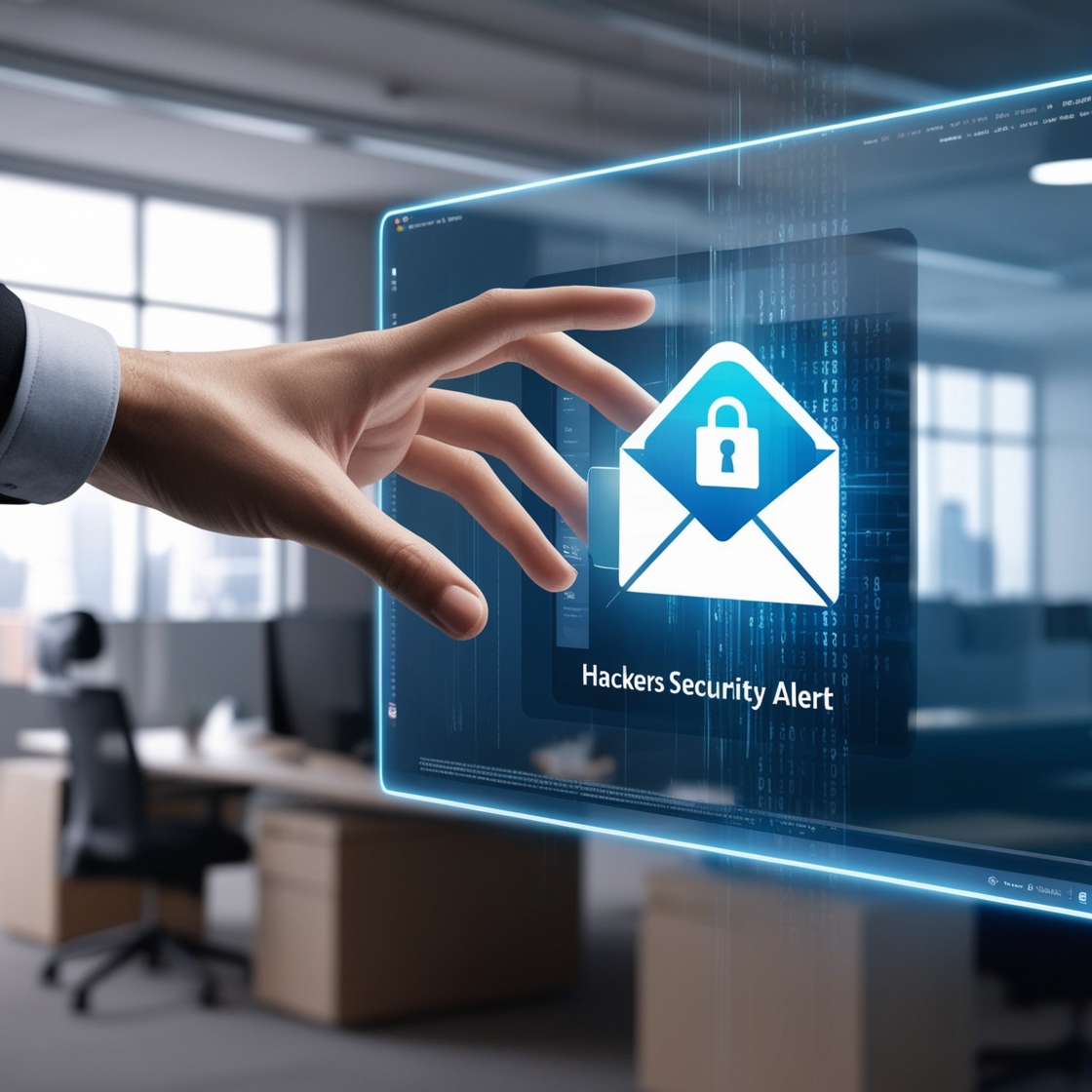Overview of the Threat Landscape
Since May 2024, a sophisticated malware campaign has been actively targeting transportation and logistics organizations across North America. Cybersecurity firm Proofpoint has identified threat actors infiltrating email accounts within these organizations, injecting malicious content into ongoing email conversations to deliver a variety of malware strains such as Arechclient2, DanaBot, Lumma Stealer, NetSupport, and StealC.
By mimicking legitimate business software like Samsara, AMB Logistic, and Astra TMS, attackers attempt to deceive recipients and spread malware through trusted channels. Most attacks have relied on compromised email threads and the inclusion of malicious URLs or Google Drive links. These links, when clicked, download and install malware designed to steal sensitive information or provide remote access to the victim’s systems.
The Malware Families
This campaign leverages various malware families to achieve its objectives:
- Arechclient2: A backdoor allowing attackers to gain control of compromised machines.
- DanaBot: A banking Trojan focused on stealing financial information.
- Lumma Stealer: A malicious program designed to steal credentials and sensitive data.
- NetSupport: A legitimate remote support tool repurposed for nefarious use.
- StealC: A variant of information-stealing malware targeting corporate data.
How Attackers Operate
The campaign observed by Proofpoint relies heavily on exploiting email systems. Threat actors compromise a small number of email accounts and carefully craft messages that appear to be part of ongoing conversations within these organizations. These emails contain malicious links, typically leading to Google Drive, where files hosting the malware payload are stored. Once a user clicks on the link and downloads the file, the malware is executed, enabling attackers to gain access to the company’s infrastructure.
In most cases, attackers inject fewer than 20 messages into the compromised inboxes, ensuring the campaign remains under the radar while maximizing damage within the target organizations.
Outsourced Cybercrime
According to Proofpoint, the malware infrastructure is likely sourced from third-party providers, indicating a trend toward commoditization of cybercrime. Rather than developing complex malware from scratch, cybercriminals are increasingly purchasing ready-made solutions, allowing them to focus on delivery and execution.
This outsourcing of infrastructure lowers the barrier to entry for threat actors, allowing even relatively inexperienced cybercriminals to launch sophisticated attacks. This trend is likely to continue, making it more challenging for organizations to defend against malware threats.
How to Defend Against the Threat
To mitigate the risk of falling victim to this campaign, transportation and logistics companies must adopt a multi-layered cybersecurity strategy:
- Email Filtering and Anti-Phishing Solutions: Organizations should deploy advanced email filtering solutions that can detect suspicious patterns and block malicious links and attachments.
- Behavioral Analysis: Implement tools that analyze the content and context of incoming emails, flagging any deviation from standard communication practices.
- Employee Training: Regularly train employees to recognize phishing attempts, especially when emails contain links or attachments, even if they appear to come from known contacts.
- Endpoint Detection and Response (EDR): Deploy EDR solutions capable of identifying and responding to malware activity on compromised machines.
- Zero Trust Policies: Ensure that your organization follows zero trust principles, where all users, whether inside or outside the network, are continuously authenticated and monitored.
Broader Implications and Industry-Wide Risks
Although the campaign is primarily focused on the transportation and logistics sector, Proofpoint warns that the techniques used could easily be adapted for use in other industries. Companies across all sectors must remain vigilant against evolving social engineering tactics and commodity malware.
By relying more on widely available malware strains and leveraging sophisticated delivery methods like email thread hijacking, cybercriminals are blurring the line between advanced persistent threats (APT) and cybercrime-as-a-service (CaaS). This convergence is making it increasingly difficult for defenders to differentiate between nation-state attacks and financially motivated cybercrime.
Conclusion
The transportation and logistics sector faces a growing cyber threat as attackers use sophisticated malware campaigns to infiltrate organizations and steal sensitive data. By understanding the tactics used and implementing robust cybersecurity measures, companies can protect themselves from these evolving threats. However, the commoditization of cybercrime tools means that all industries must be on high alert and ready to adapt to the ever-changing threat landscape.
By Vladimir Rene Certify Cybersecurity expert.







